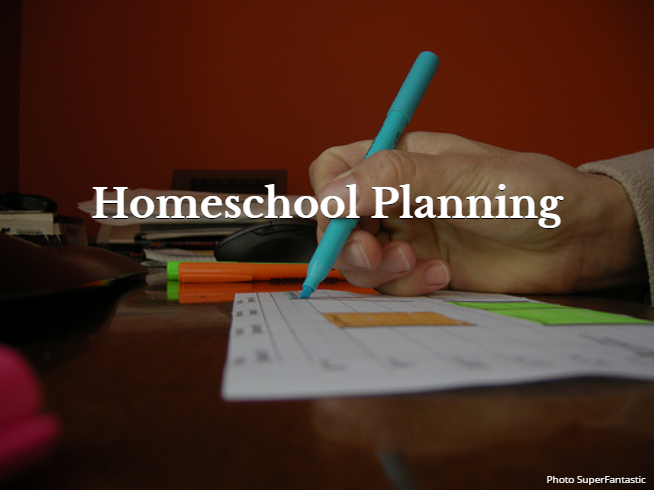 Getting organized with resources and curriculum can save lots of time when it comes to the day in and day out of school. As an eclectic homeschooler, I’ve found that I don’t often use a resource that comes already set up to just do the next thing. Organization becomes key when you adopt an approach that utilizes many different resources for one subject. It is also helpful when you need to organize curriculum that isn’t nicely laid out for you.
Getting organized with resources and curriculum can save lots of time when it comes to the day in and day out of school. As an eclectic homeschooler, I’ve found that I don’t often use a resource that comes already set up to just do the next thing. Organization becomes key when you adopt an approach that utilizes many different resources for one subject. It is also helpful when you need to organize curriculum that isn’t nicely laid out for you.
We have recently started our seventh year with formal schooling and I’ve found a method that seems to work well for us. It takes some time during summer to get it all set up, but there is very little prep work to be done during the school year.
Organizing our lessons:
To start with I gather all the resources for a subject and decide what order I want my child to do them. On the right you will see an example of history this year for my older kids. I chose Ancient World History as a spine for our documentary-focused study and then found documentaries that went along with what they read. I listed the documentaries after the section to be read and posted the whole study on my blog. Then when it is time for them to watch a documentary I make sure the iPad is connected to the TV. I use the iPad to go to the blog and click on the link to get the documentary to play on the TV.
I keep the printed off study in a page protector in a binder with all of the different subject plans. As things are completed I just mark them off with a dry erase marker.
For math, I am usually using several different resources. I sat down with all of the math resources and listed out a chronological study for each child. We don’t really use multiple math programs, but we have a main program that sometimes has several components. Organizing all the pieces makes it easy to open and go on a typical school day.
Here are examples of how I organized Singapore for one child and Art of Problem Solving for another child. For the child using Singapore I’ve blended several different components that may not typically go together, but it is what is working well for my child.
This is the child using Singapore. I’m meshing several different components of Singapore Math and adding in math fact practice. We have a set amount of time to spend on math and we just do what can get done in that amount of time and cross things off as they are completed.
This is part of the Art of Problem Solving Pre-Algebra list. It is mostly a do the next thing kind of plan, but I’ve added in time for Alcumus and noted when there are videos to correspond with the text.
Some of the foreign language resources that I use are not very easy to figure out. I like to use college texts because they typically have more audio resources and are easier to use for self-instruction. Sometimes there are different resources involving a workbook or lab manual and there is nothing to indicate when such things should be done. So I sit there with all books open and audio files handy and figure out a logical order. I write it down so the foreign language can be open and go.
This is a printout of a chronological approach to ancient Greek using Athenaze I’ve interspersed reading the Bible in Greek with the textbook and workbook. For foreign language we just continue to work at an exercise until the child masters the concept.
This one is for a French textbook that was very confusing to use. It has a textbook, workbook, and lab manual and audio sources weren’t always labeled in a way that made it easy to use. I combined it with the Duolingo app as well as a French phonics book that we stopped using. Now I just skip over the French phonics book when we come to it in the listing.
This one is a study that I put together for my son on Science and the Bible. I chose several different books for him to read and found several online debates and lectures for him to watch. I went through the books and figured out which one made sense to read first and listed all the chapters for all the books and fit in the online videos in a spot where they made sense to watch.
I also make a list for read alouds. It is especially handy for times when I sit down and reserve books from the library catalog. I just cross them off as I reserve them and when it is time for my daughter and I to read books together she picks from the pile I have available.
Organizing our days:
I don’t like boredom. Having every day the same just doesn’t work for us. I use a loop schedule for all the different subjects for each child. I start with what I expect to cover in a week and adapt it as we go. So if we planned to cover math five times each week, I wrote math down five times on our loop.
If we only tackled a subject once or twice a month I paired it with another subject so I could choose to do the infrequent subject in place of a paired subject. For instance, I have art paired with math lab (Zome Tools). About three times a month we would take time to explore with Zome and once a month we would do art. My kids do lots of art in their free time, so I have only allocated a little time during the school schedule to introduce some new methods. The list ends up lasting about 7 or 8 school days because we can sometimes take longer on a subject and explore tangents.
Each child gets a randomized list of subjects that I post up on the wall in our schoolroom. Here is part of the list that I took down today.
My 6th grader’s list is on the left, 4th grader in the middle, and my Kindergartner is on the right. Some things require me and some things can be done independently. If I am busy with a child and the next item on a child’s list requires me, I have that child skip over that subject until I am free. My boys do some subjects together, but they will arrive at them on their list at different times. We do the subject when the first child gets to it. Many times things are crossed off out of order. We use it as a flexible list. I typically work with my youngest when the two older kids are working independently or when I can sit between two kids who can do their work mostly independently with me sitting nearby.
These lists keep every day different. I like it that way. My kids thrive with some structure to their day. We finish our school day when the clock reaches a certain time. The next day we just pick up where we left off. When we reach the bottom of the list, I print out new sheets and post them. Sometimes I make slight adjustments like when we need to spend more or less time on a subject.
There you have it. That is my planning in a nutshell. My little planning sheets aren’t fancy or pretty in any way, but they work. I just type up a simple Word document, print it out, slide it in a sheet protector, and place it in a notebook. When school is done for the day, so am I . I don’t need to plan out what I am going to do the next day or week. I just do the next thing.
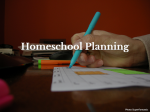


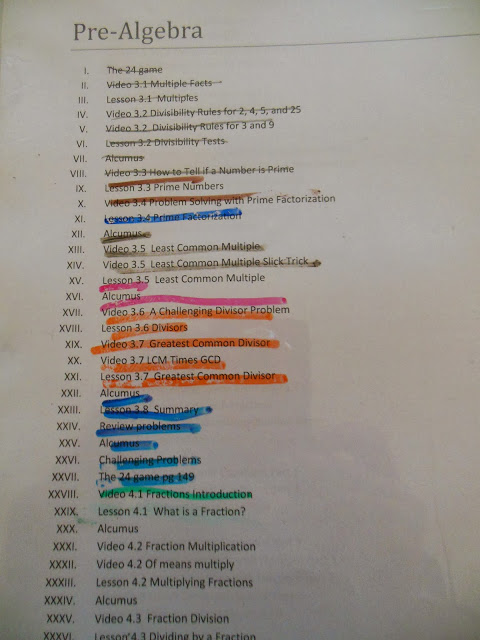

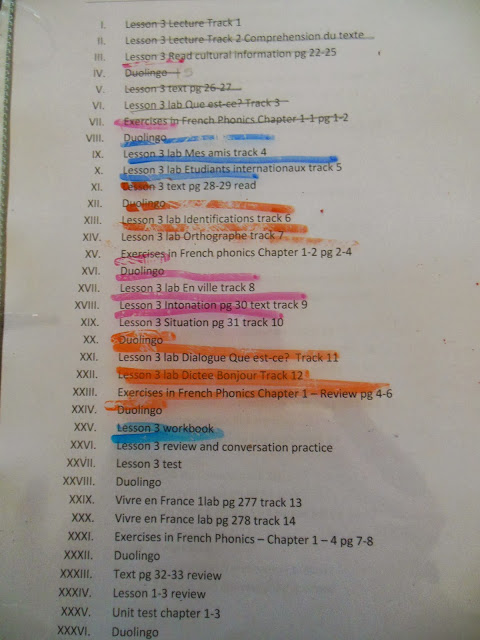

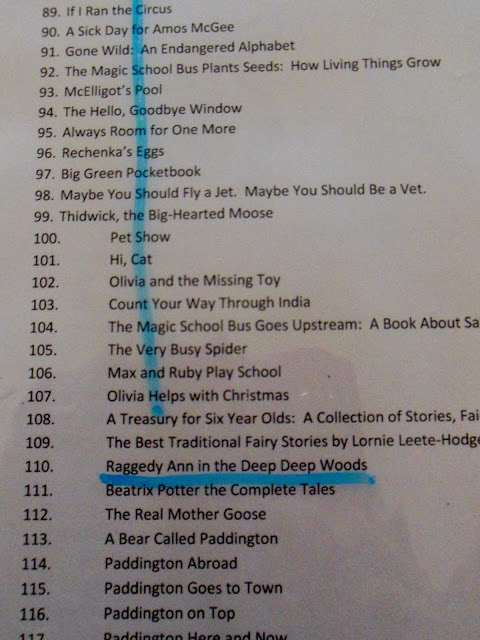




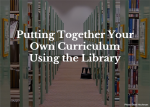

This is fantastic!